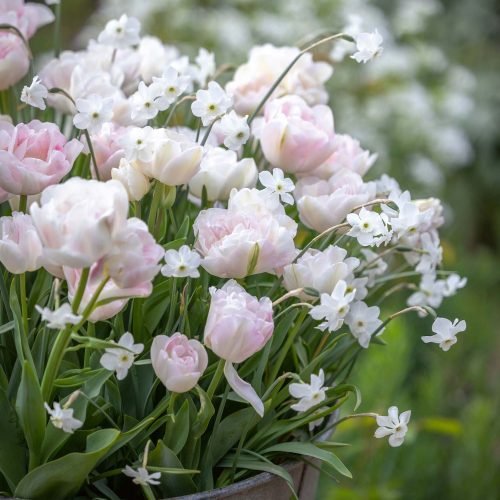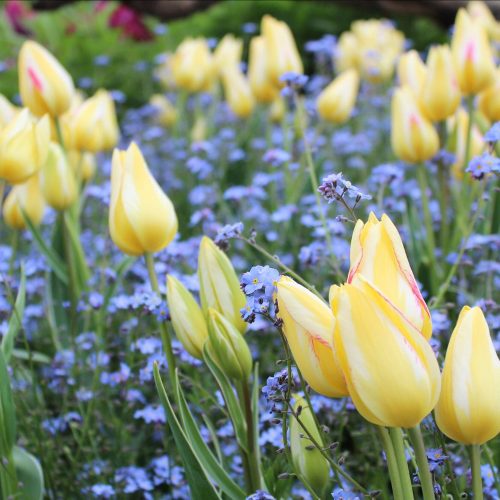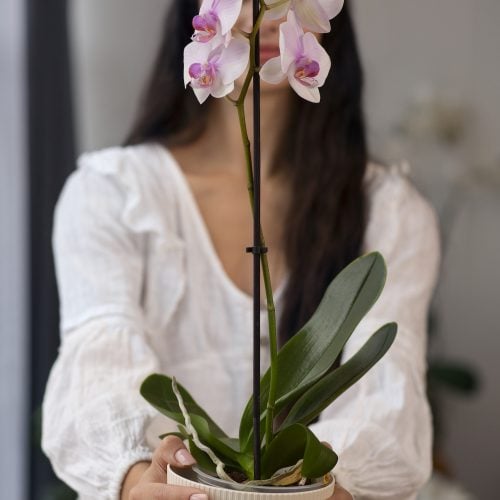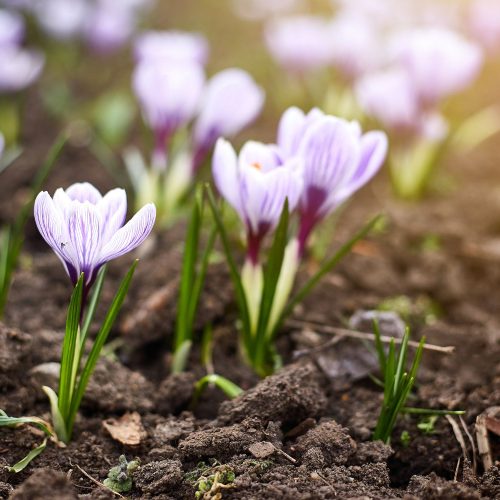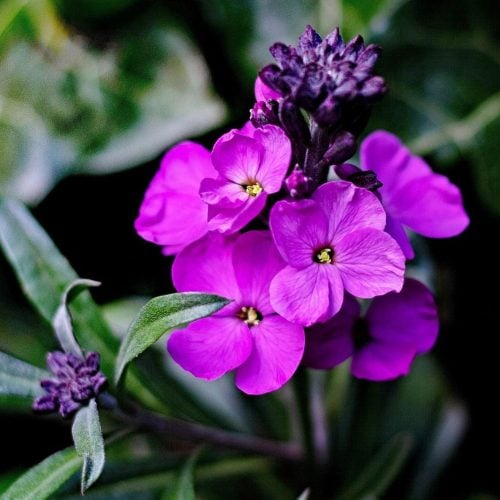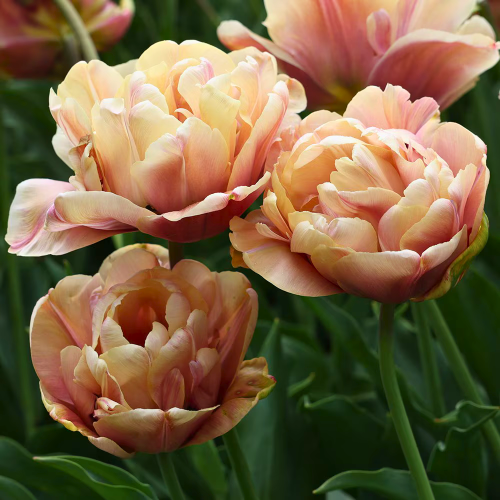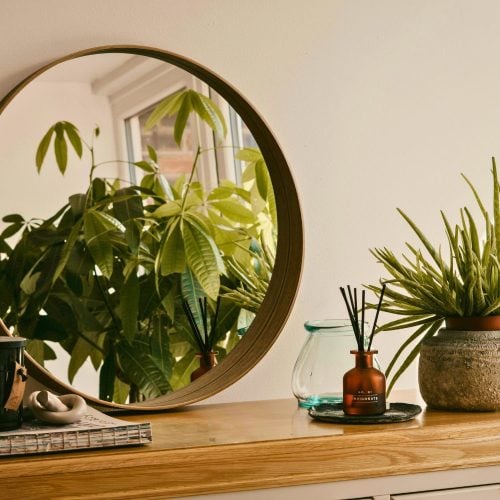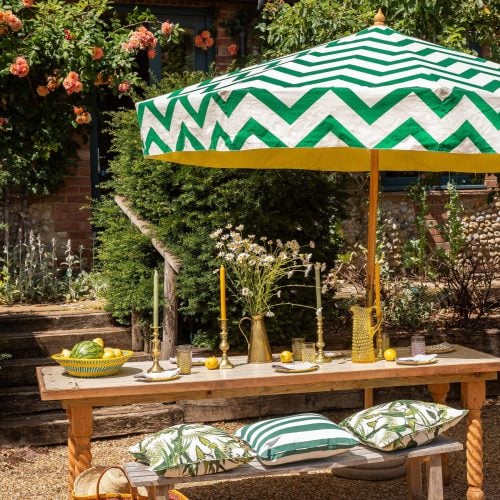Staying alive! How to avoid killing your houseplants this winter
Avoid horticultural homicide when there’s no light, heating’s cranked up and it’s sub zero outside. Save your your houseplants with a little indoor gardening know how. Horticulturist, author and Muddy Content & Social Manager Miranda Janatka to the rescue.

Serial houseplant killer? It might not be entirely your fault – most houseplants die in winter. Fact. While we keep these tropical plants indoors to avoid our British weather, in winter, even our homes become tricky climates. Less light combined with a mixture of extreme temperatures (too hot as well as cold) can result in a whole houseplant minefield. Here is what you need to know to keep your plants healthy and happy this winter.
Information and illustrations are from the new houseplant book Happy Indoor Garden by Miranda Janatka who is a Kew-trained horticulturist, author and Muddy’s very own Content and Social Manager.
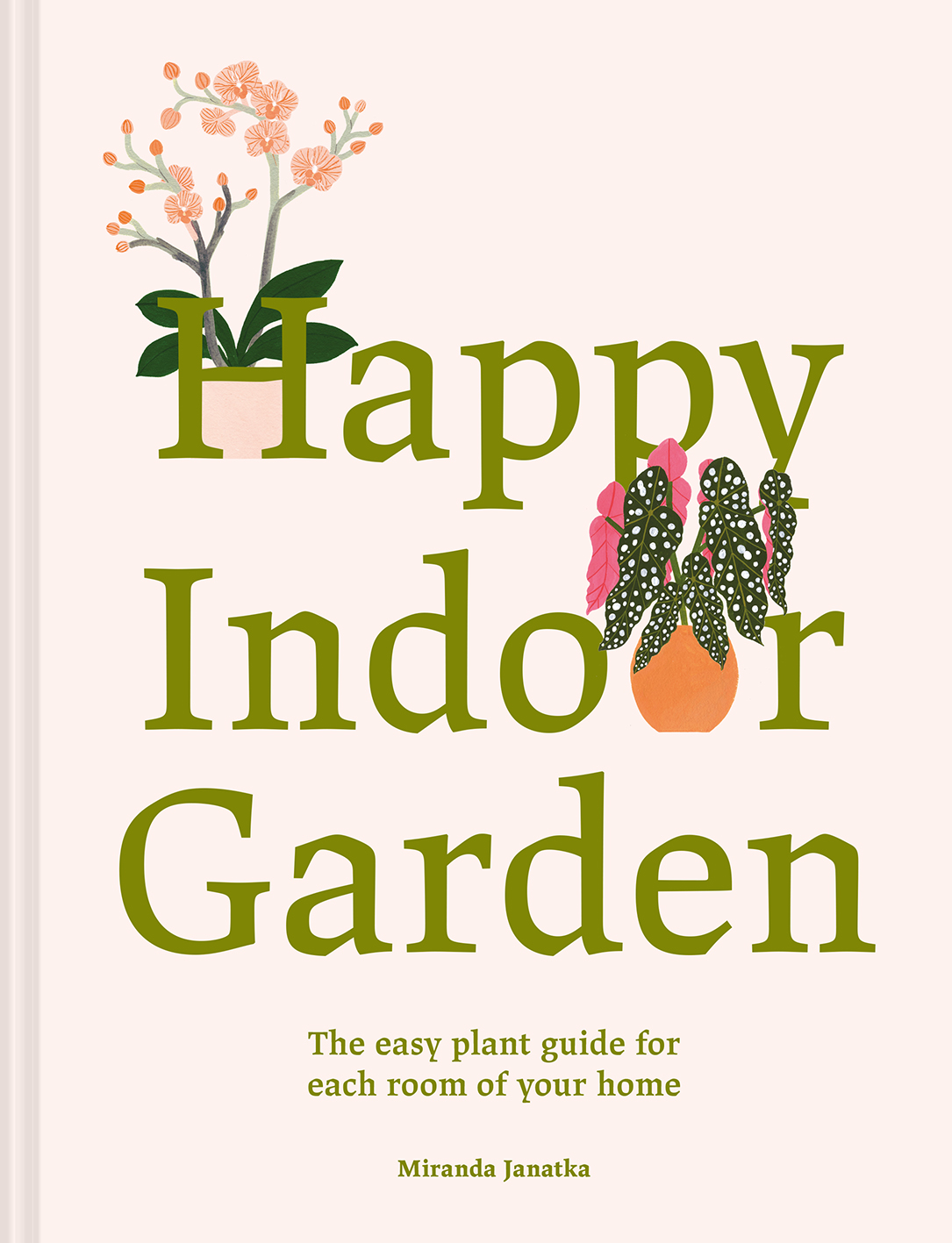
PLANTS HATE HEAT
Once you’ve flicked the switch on your central heating, pull any plants at least a metre away from any radiators. Hot air dries them out and, unless you want to check its watering vitals every few hours, it’s safer to create distance from these moisture-sapping hot radiators. Dry heat can also be stressful for plants, causing leaves to crisp up and discolour.
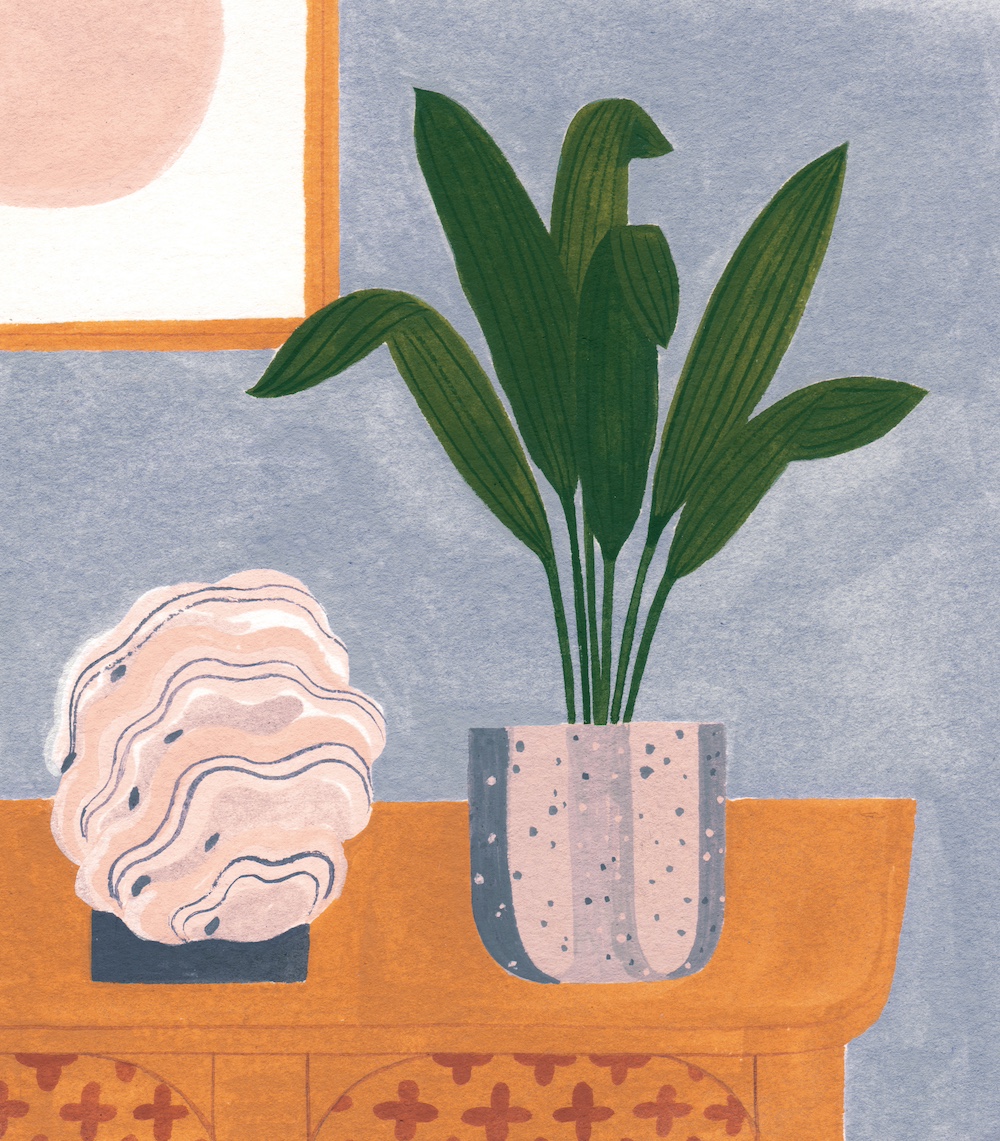
FIND THE LIGHT
You can safely assume wherever your houseplant lives in your home, it will receive less light in winter. Plants with large foliage will better capture available light. If you can, move all plants to the parts of your home that receive the most daylight hours. Those south-facing windowsills that were too hot in summer, will likely be a saving grace now. If you’re seriously lacking light, consider buying LED grow lights – many now can be screwed into normal light fittings and emit a warm yellow glow rather than shocking red and blue.
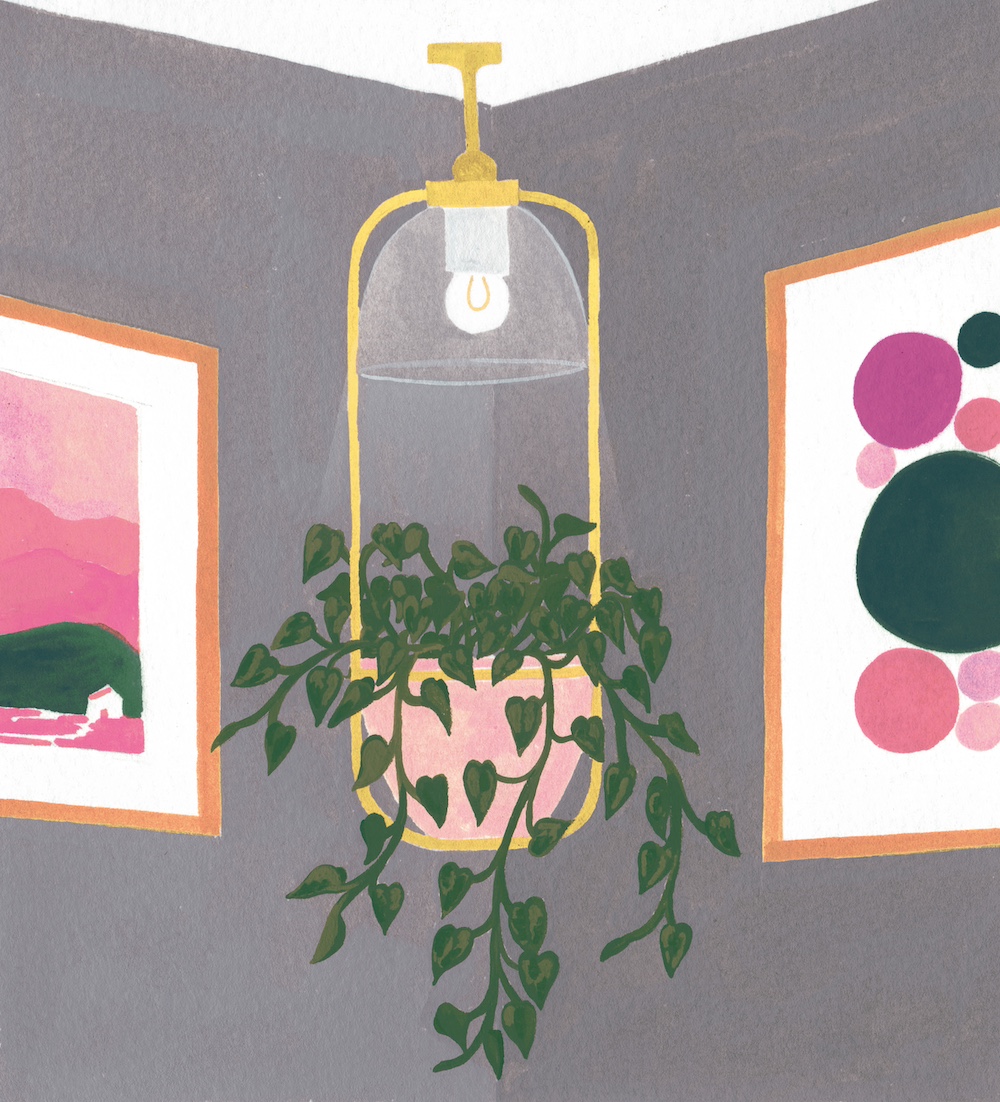
WATER LESS
Due to lower light and temperature in winter, plants slow down their growth. This means they can quickly be sitting too wet if watered at the same rate as the rest of the year. Leave longer periods of time between watering and check the soil by sticking your finger in before you water. Remember, it’s always easier to recover a plant that has dried out than one that has rotted off.
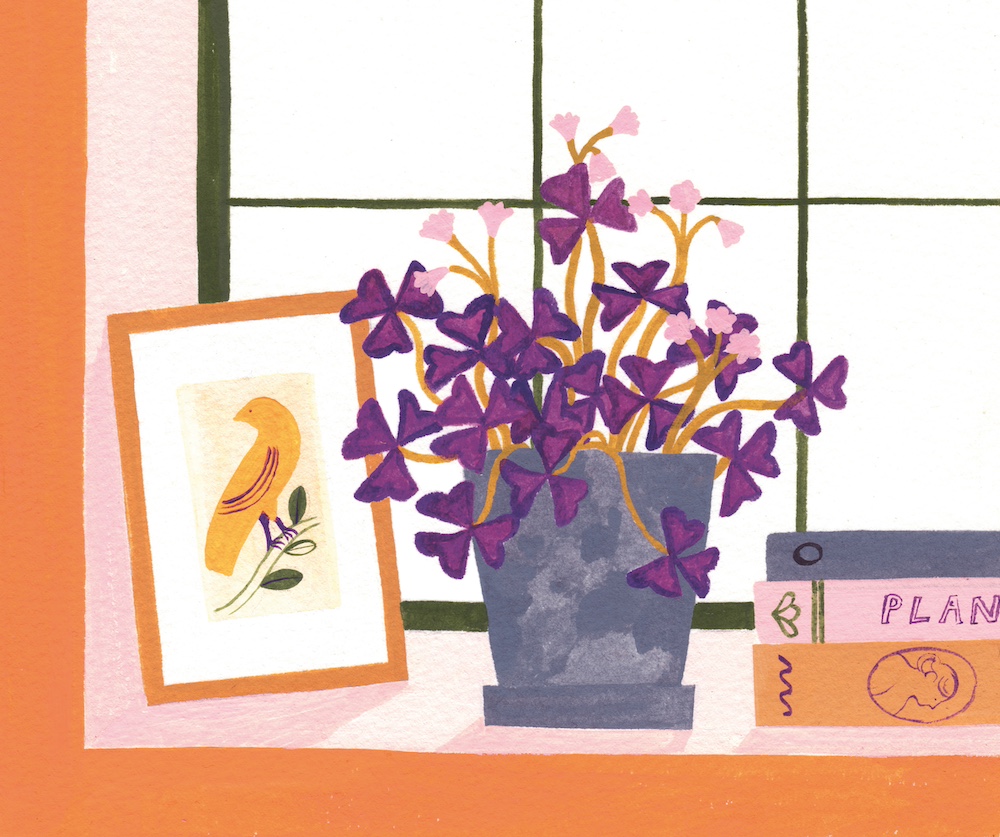
AVOID DRAUGHTS
If your home has period features or single-glazed windows, be aware that cold air will make its way in and cause draughts. Sudden cold air will stress and possibly shock a plant. At the very least, it will cause damage to the leaves, at worst it will kill it. Draughts also come in from open doors, so do move any away from those too until winter is over.

SOGGY BOTTOM?
While you may already be sticking your finger a couple of centimetres into your plant’s compost to check how dry it is before watering, it’s also important to check the bottom of the pot. Excess water can quickly build up, creating an unwanted reservoir that you’ll only discover by lifting out the pot. Make a habit to check every couple of weeks and drain away water present.
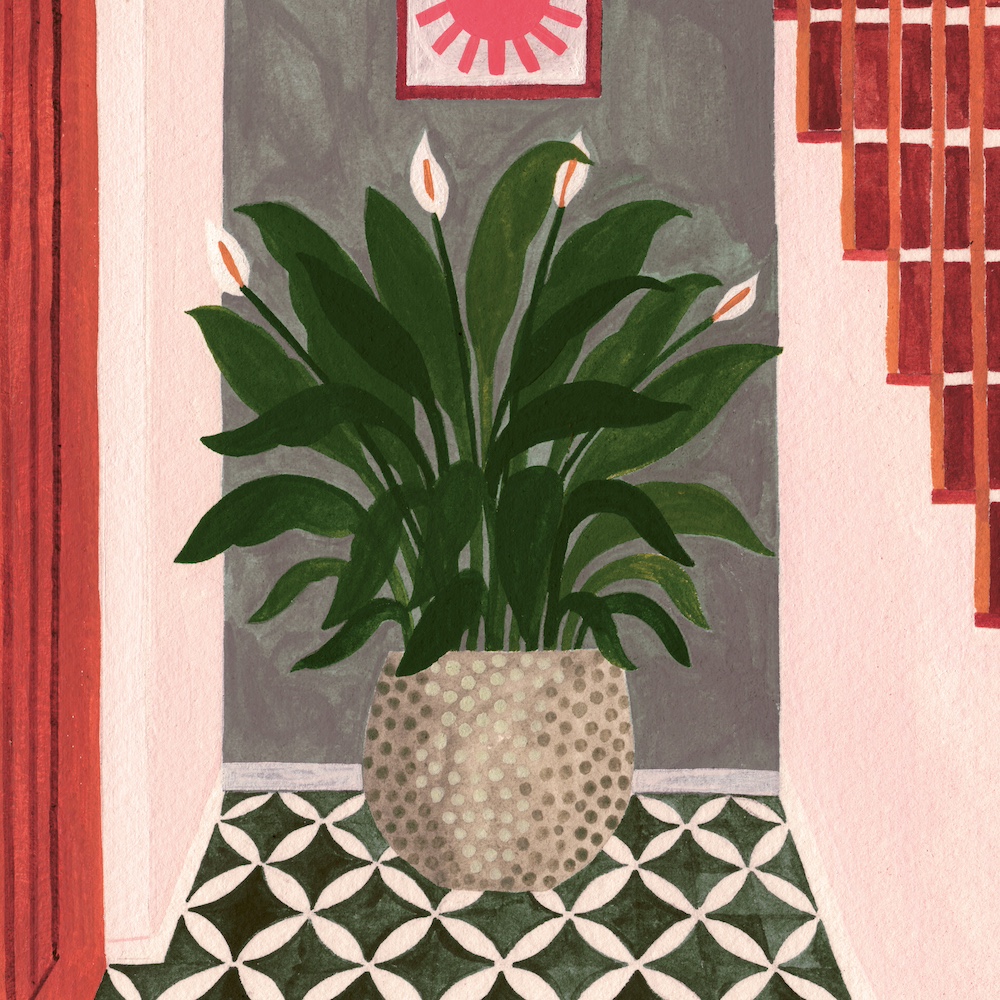
KEEP IT CLEAN
Dusty leaves don’t operate as well as clean ones and our plants need all the help they can get at this tricky time of year. For large plants, bung them in the shower and hose down the entire plant, allowing them to drain out before putting them back. For more delicate plants, use a damp cloth to carefully wipe both sides of the leaves. Not only will this help you keep an eye out for any pests but remove any dirt getting in the way of your plant enjoying light and air.
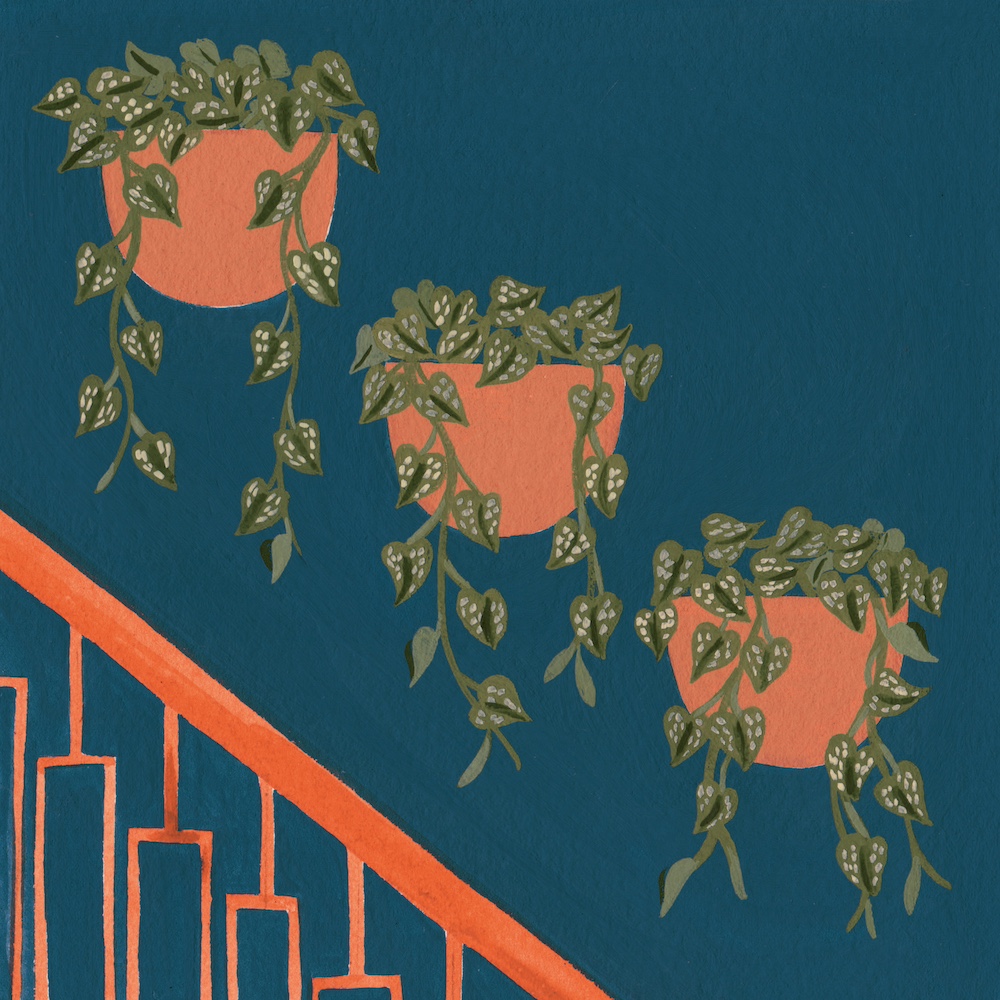
CRY FOR HELP!
Your plant will tell you if it’s unhappy in winter, but you need to see it regularly to notice changes before it’s too late. Drooping leaves can mean both too much or too little water, yellowing or crisping of leaves can also mean not enough – or too much heat, light, or nutrients. The worst thing you can do is make drastic changes, so keep your plant somewhere that’ll catch your eye daily and you’ll be able to respond in time. Be aware that every home is different and what works for someone else won’t necessarily work for you. Just keep an eye out and respond slowly to your plant’s needs. This way you’ll find it very possible to keep houseplants healthy and happy throughout the whole year.
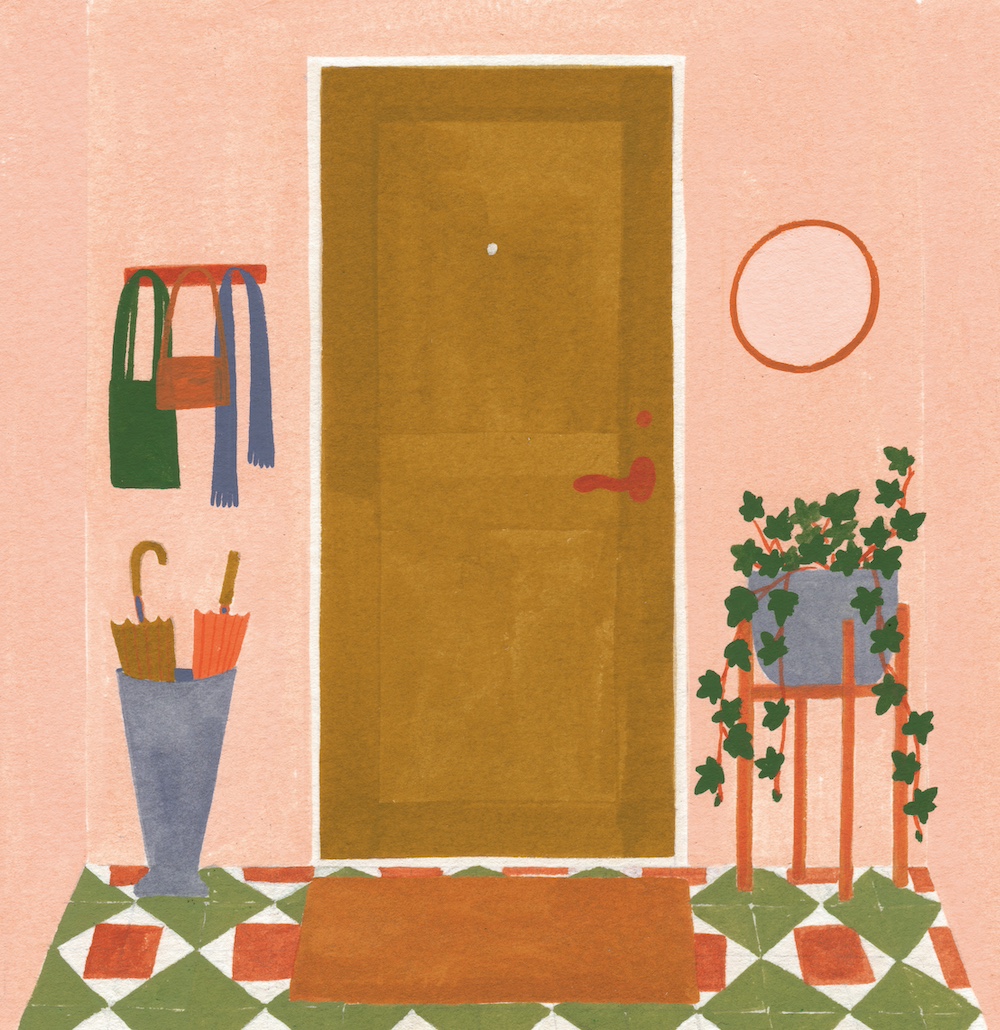
Happy Indoor Gardener: The Easy Plant Guide for Each of Your Rooms by Miranda Janatka ( Batsford, £17.85)
You may also like










